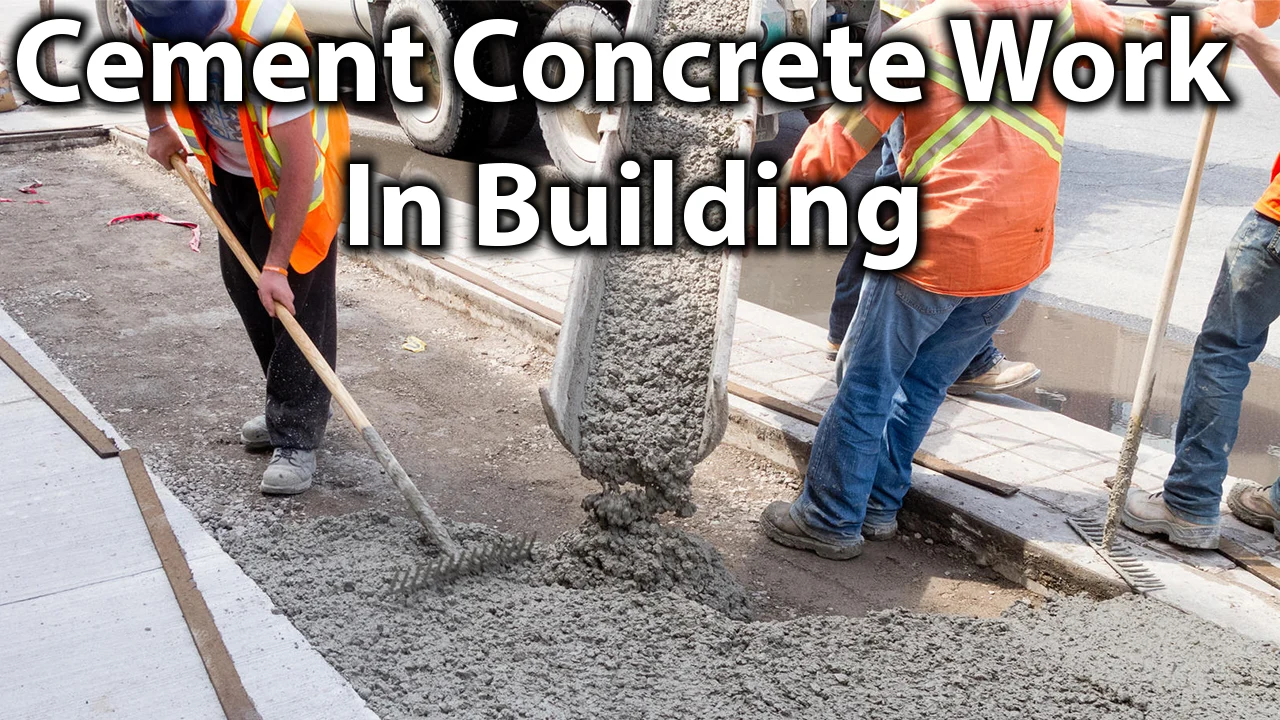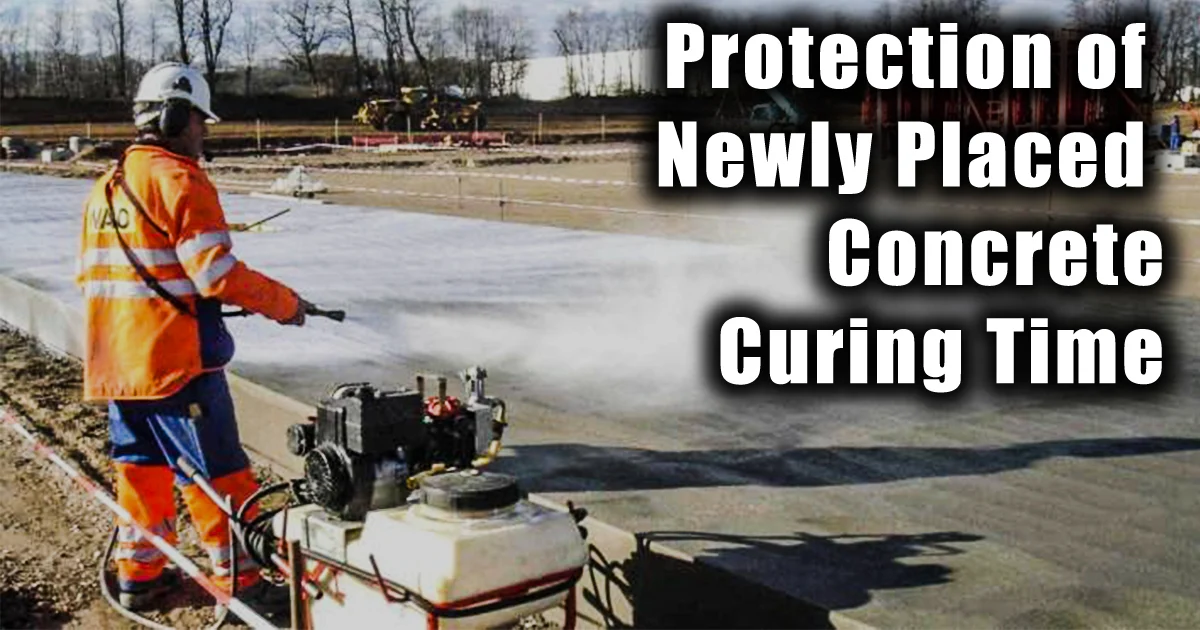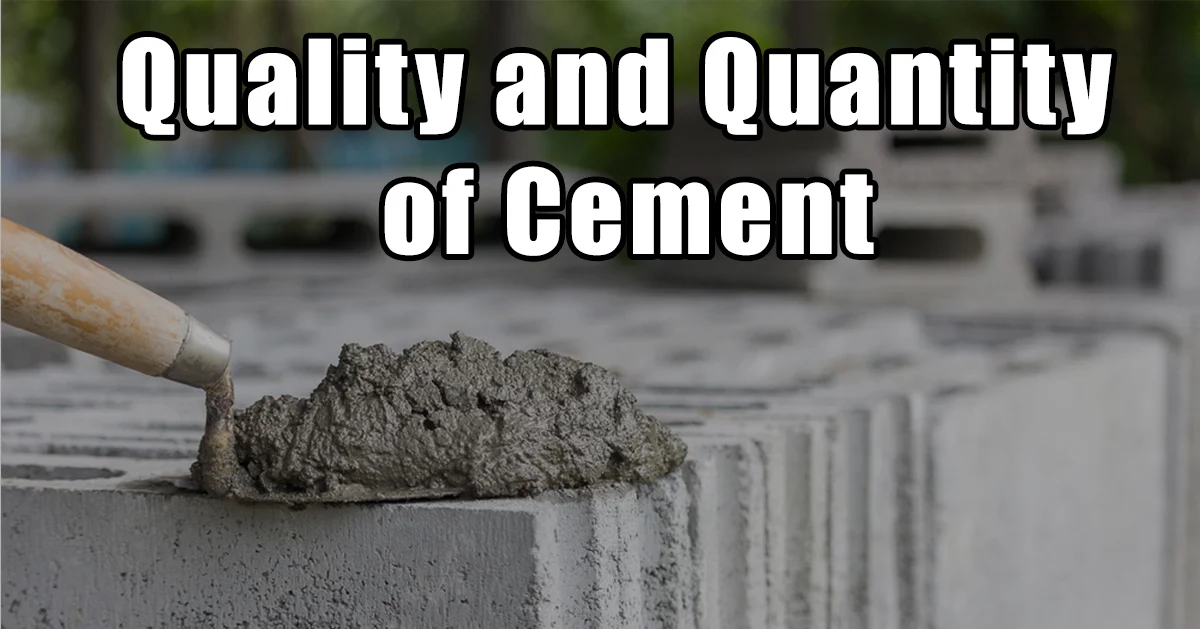Different Types of Concrete Mix

Different Types of Concrete Mix
- Nominal Mixes
In the past the specifications for concrete prescribed the proportions of cement, fine and coarse aggregates. These mixes of fixed cement-aggregate ratio which ensures adequate strength are termed nominal mixes. These offer simplicity and under normal circumstances, have a margin of strength above that specified. However, due to the variability of mix ingredients the nominal concrete for a given workability varies widely in strength.
- Standard mixes
The nominal mixes of fixed cement-aggregate ratio (by volume) vary widely in strength and may result in under- or over-rich mixes. For this reason, the minimum compressive strength has been included in many specifications. These mixes are termed standard mixes.
IS 456-2000 has designated the concrete mixes into a number of grades as M10, M15, M20, M25,M30, M35 and M40. In this designation the letter M refers to the mix and the number to the specified 28 day cube strength of mix in N/mm2. The mixes of grades M10, M15, M20 and M25 correspond approximately to the mix proportions (1:3:6), (1:2:4), (1:1.5:3) and (1:1:2) respectively.
- Designed Mixes
In these mixes the performance of the concrete is specified by the designer but the mix proportions are determined by the producer of concrete, except that the minimum cement content can be laid down. This is most rational approach to the selection of mix proportions with specific materials in mind possessing more or less unique characteristics. The approach results in the production of concrete with the appropriate properties most economically. However, the designed mix does not serve as a guide since this does not guarantee the correct mix proportions for the prescribed performance.
For the concrete with undemanding performance nominal or standard mixes (prescribed in the codes by quantities of dry ingredients per cubic meter and by slump) may be used only for very small jobs, when the 28-day strength of concrete does not exceed 30 N/mm2. No control testing is necessary reliance being placed on the masses of the ingredients.









